Disclaimer: We are serious about content integrity and staying true to our readers. Thus, you can be assured that any article you read across our website is free of bias and is not produced by AI-platforms. Also, this post contains a few affiliate links. If you click on them to make a purchase, we may earn a small commission at no extra cost to you. Read about our editorial policies.
If you come across any Indian city sans an Udupi Cafe today, it would be quite a surprise. Though the authenticity at many places may be questionable, Udupi’s famous dishes such as Idli, Dosa, Vada and Uttapam have allured foodies’ palates across India. They have even reached the streets of America, Hong Kong and Europe, despite originating in coastal Karnataka.
Recently, I have heard some Gujaratis say they eat idlis for breakfast on most days – quite a contrast from the clichéd assumption that their mornings start with Jalebi and Fafda.
Thanks to the delectable taste, healthy nature, ease of making, and affordability of the fermented rice-urad dal batter, you will find dosa carts even in the bylanes of West Bengal, Punjab and Odisha. And, in popular pilgrimage destinations like Shirdi, there’s absolutely no dearth of Udupi cafes, with at least one in every kilometer’s radius!
However, Udupi cuisine goes way beyond the popular idli-masala dosa-vada-uttapams it has become synonymous with. There are a plethora of lesser-known yet piquant dishes in Udupi cuisine that most outsiders may not even have heard of. Come, let me take you through Udupi’s hidden culinary gems in this article, beginning with tracing its fascinating history.
Contents
Brief History Of Udupi Cuisine
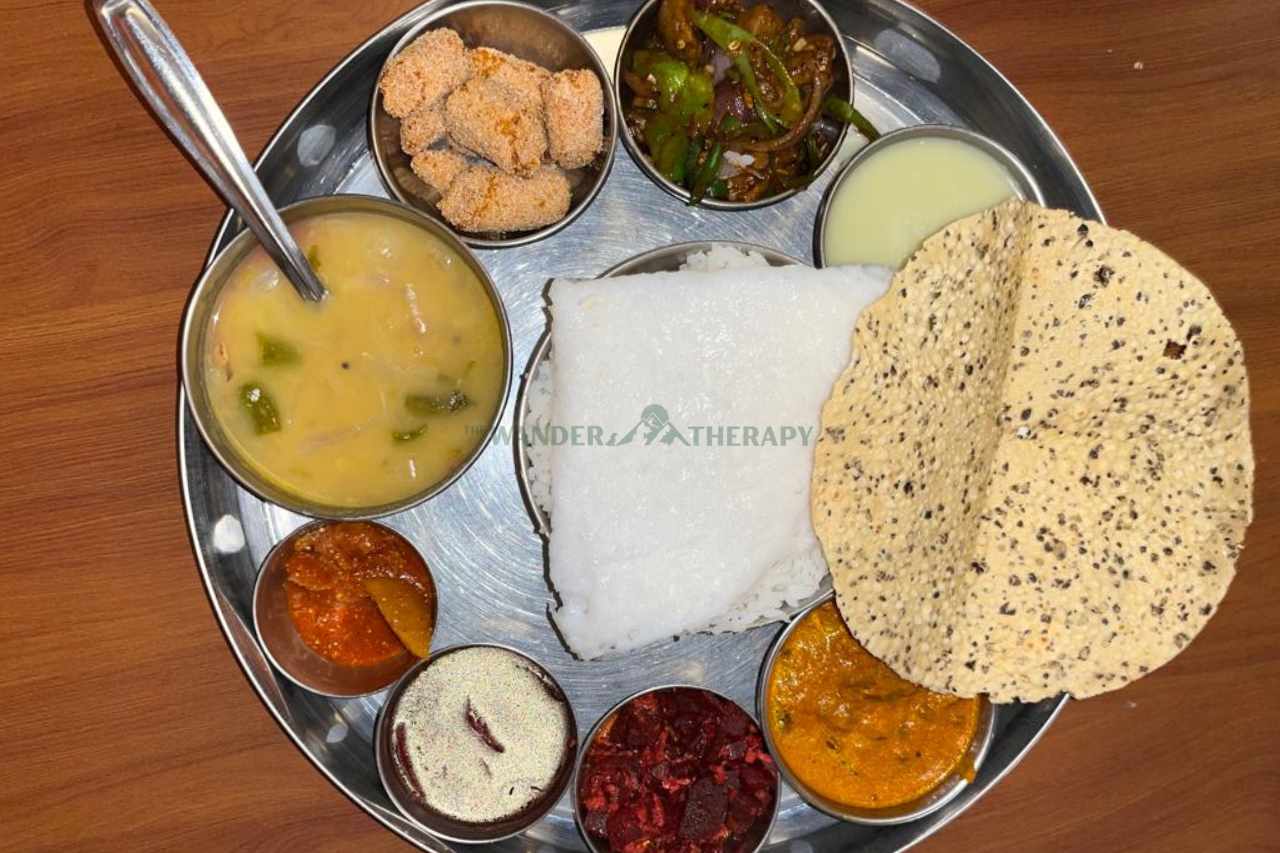
Udupi cuisine dates back to the time of Mahabharatha or earlier, as per Hindu mythology. Apparently, the king of Udupi was chosen by Lord Krishna to serve food to both sides during the war.
Later, Udupi cuisine was popularized in the 13th century by the Madhava Brahmins after the establishment of Udupi’s Sri Krishna Temple. The priests believed that they had to appease Lord Krishna with delicious food in order to retain him in Udupi. Thus, the holy offerings made to him everyday included 14 different dishes, devoid of onions and garlic.
As the dishes were being curated and cooked for god, traditional Udupi cuisine was majorly satvik in nature. Some of the prasad varieties cooked by the priests included Hayagreeva, a sweet prepared with Bengal gram and jaggery, or the Bisi Bele Hulianna, a savory rice dish cooked with red gram, vegetables and local concoction of spices. The latter is famously known as Bisi Bele Bath today.
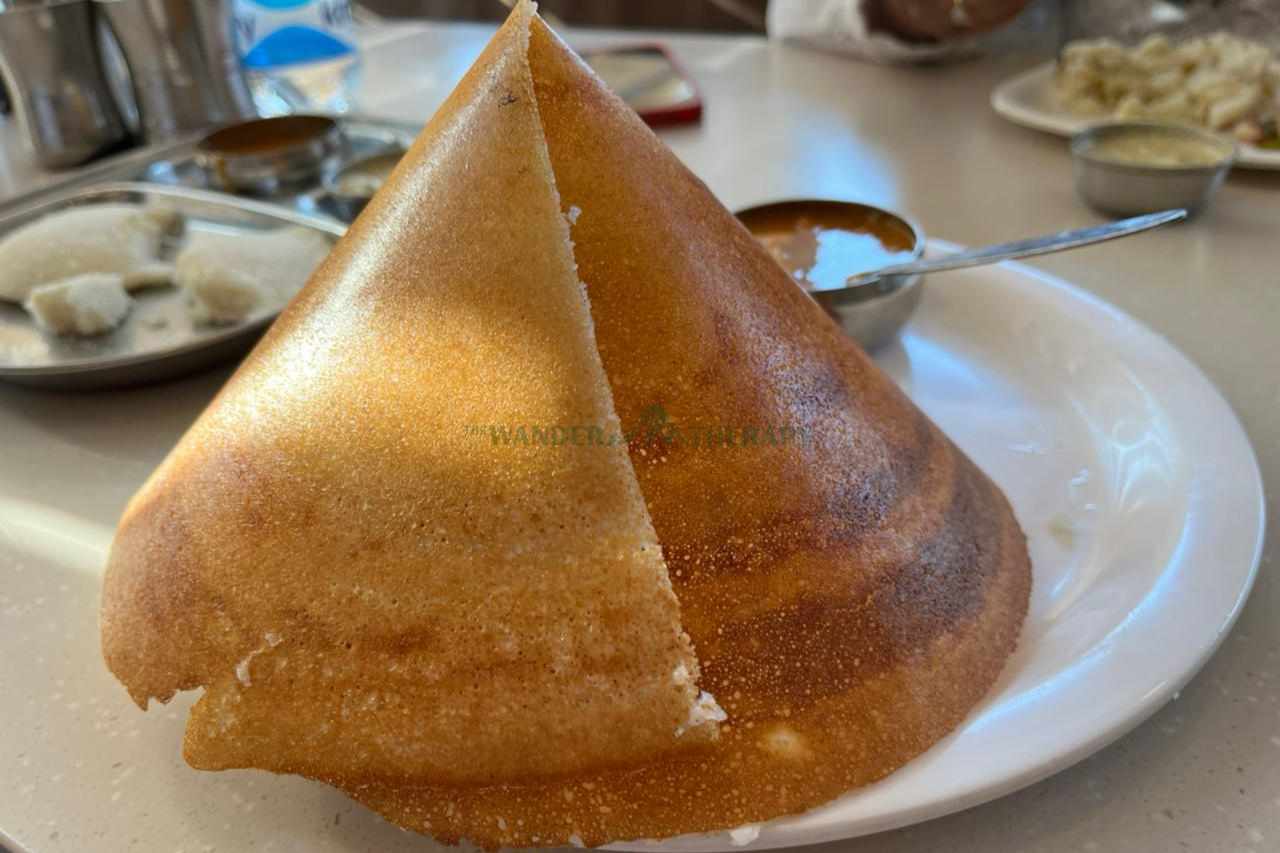
Interestingly, while the men prepared the prasadam in the temples, the women whipped up dishes for their households using the widely-grown ingredients of the region, such as rice and coconut. Owing to the extreme heat and humidity of the region, the locals also churned out cooling drinks such as Tambli, made with buttermilk.
It is even believed that Dosa first originated in Udupi, although historians find themselves at loggerheads over this fact. Eventually, as more restaurants kept sprouting up in Udupi and many cooks moved to other cities to start up their own eateries, Udupi cuisine spread its wings far and wide.
22 Hidden Gems Of Udupi Cuisine
Udupi cuisine comprises several flavorful, unheard-of dishes that were mostly born in the temples here. Even today, you’ll find most of these dishes only in Udupi and its bordering areas, along with select restaurants in other cities. Here are some of the most delicious, hidden foods of Udupi:
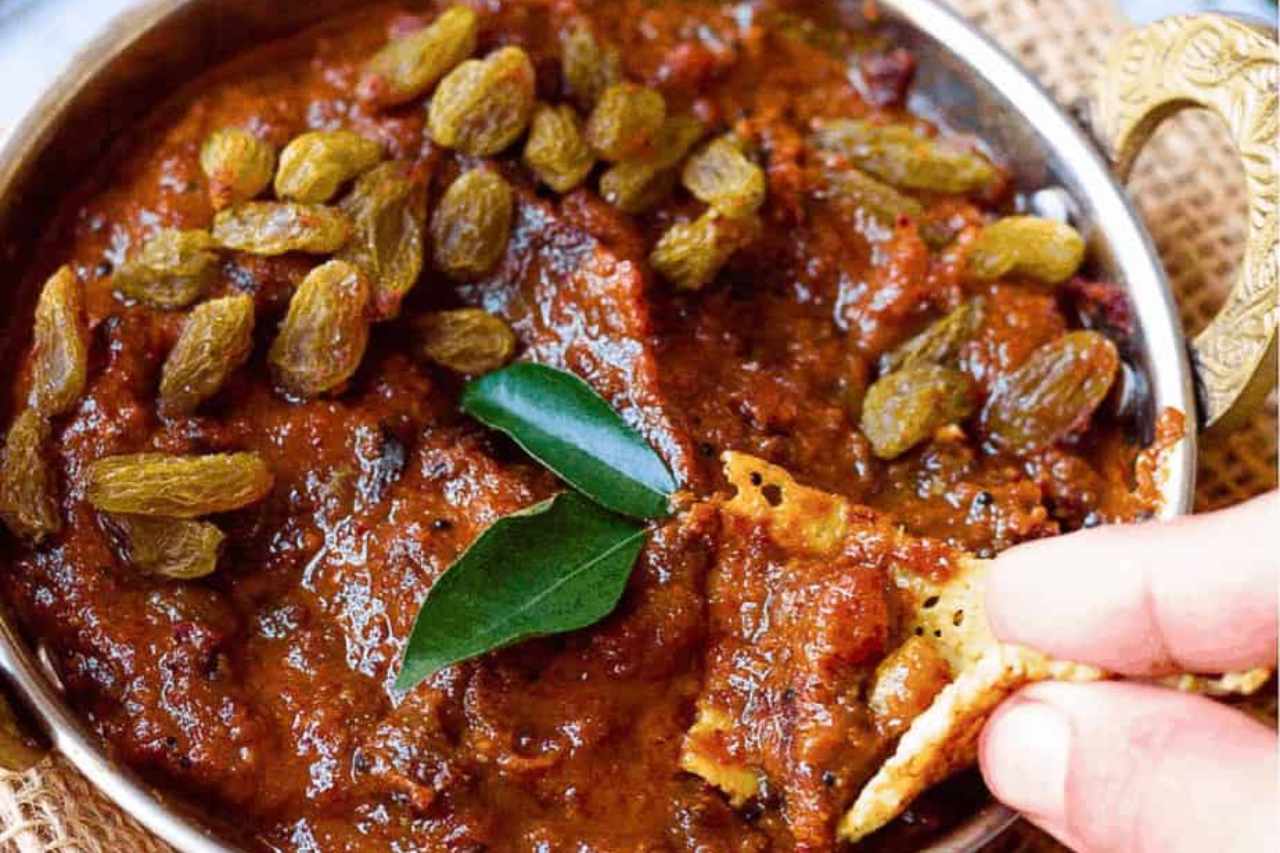
Drakshi Gojju – Have you ever heard of a raisins curry? Well, this one’s exactly that – a gravy made with raisins. It’s spicy, sweet as well as sour at the same time and cooked with local spices and a hint of jaggery. The main course dish is usually served in traditional Udupi meals.
Basale Gassi – A curry prepared with Malabar Spinach, coconut, Karnataka’s GI-tagged Byadgi chillies, and other spices, it is part of a vegetarian thali in Udupi and is paired with steamed rice.
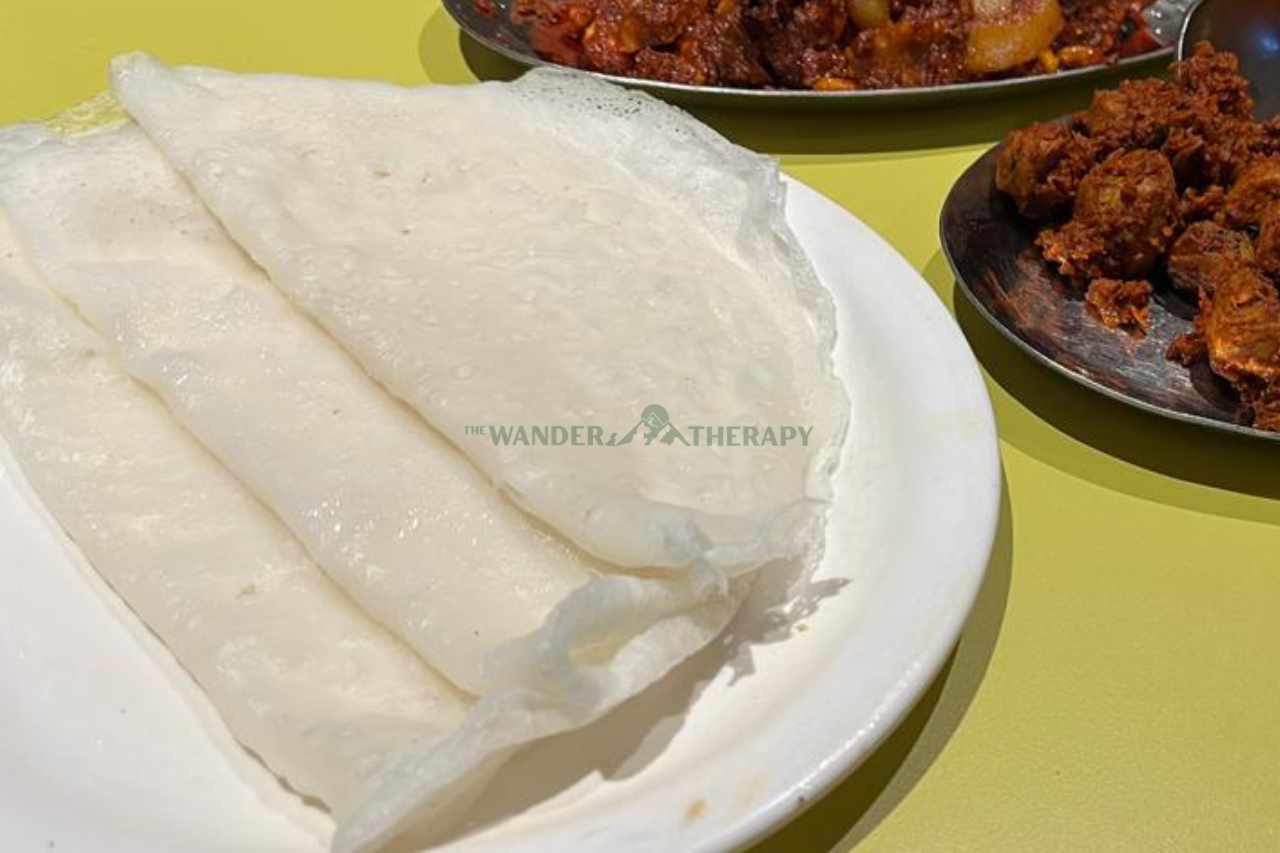
Neer Dose – These steamed rice crepes are healthy, melts in your mouth as soon as you take a bite and can be paired with a variety of accompaniments. Unlike dosas, the batter used in Neer Dose is not fermented.
TWT Tip: While most people pair Neer Dose with spicy curries or chutneys, you must try a sweet accompaniment if you ever visit Udupi. Some hotels in Udupi serve Neer Dose with grated coconut and jaggery, which makes for a lip-smacking combo!
Majjige Huli/Palidya/Saaru – Majjige means buttermilk and Udupi has different versions of buttermilk curries, which are known to help beat the heat of the region. While Majjige Huli is a buttermilk curry cooked with multiple vegetables, coconut and spices (almost like Kerala’s Avial), Majjige Palidya is a similar curry cooked with just ash gourd slices. On the other hand, Majjige Saaru is simply a spiced buttermilk curry without any addition of vegetables.
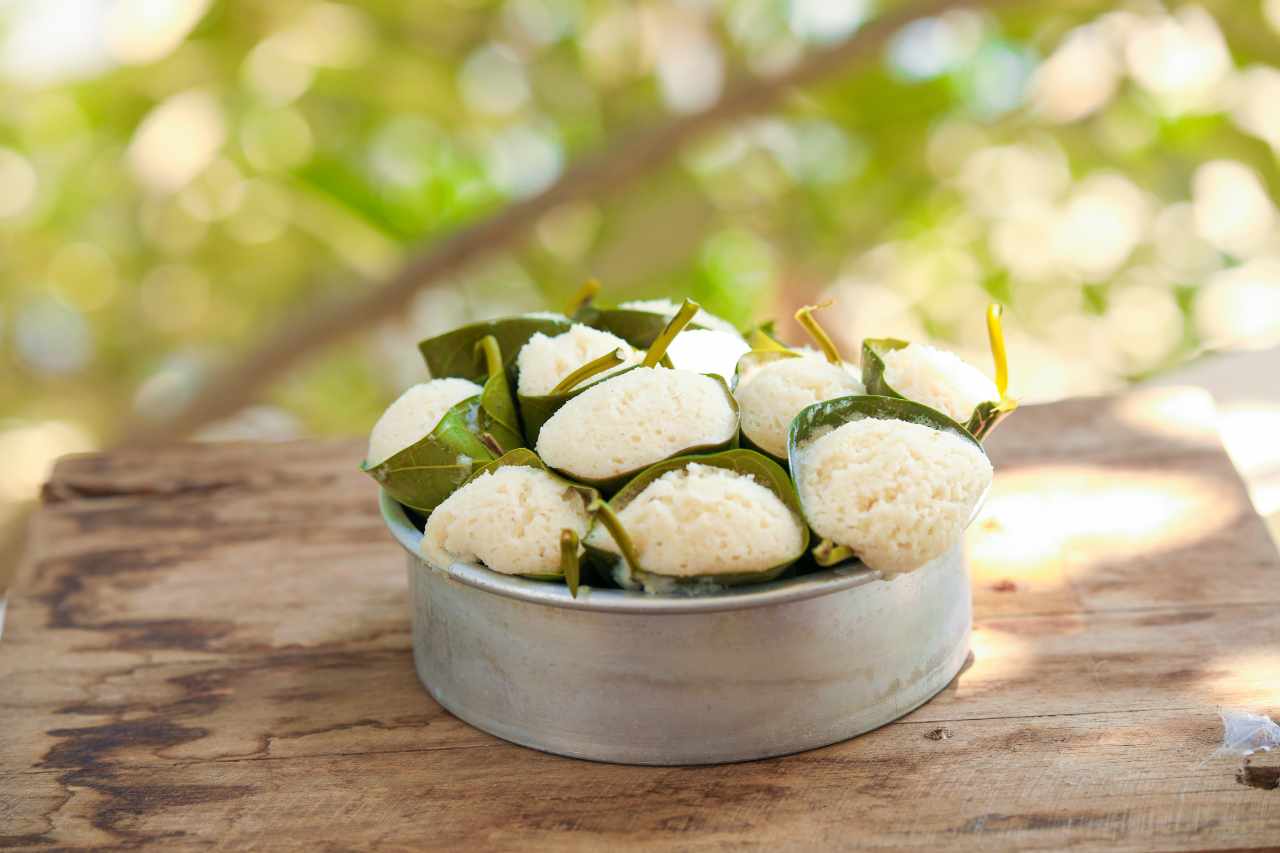
Moode – An interesting variant of idli, the fermented rice-urad dal batter is steamed in jackfruit leaves or screwpine leaves, resulting in a cylindrical shape, with a distinct fragrance of the leaves infused into them.
Kadle Maddi/Hayagreeva – A regular prasadam at Udupi temples, it is a sweet halwa made with bengal gram, jaggery and coconut.
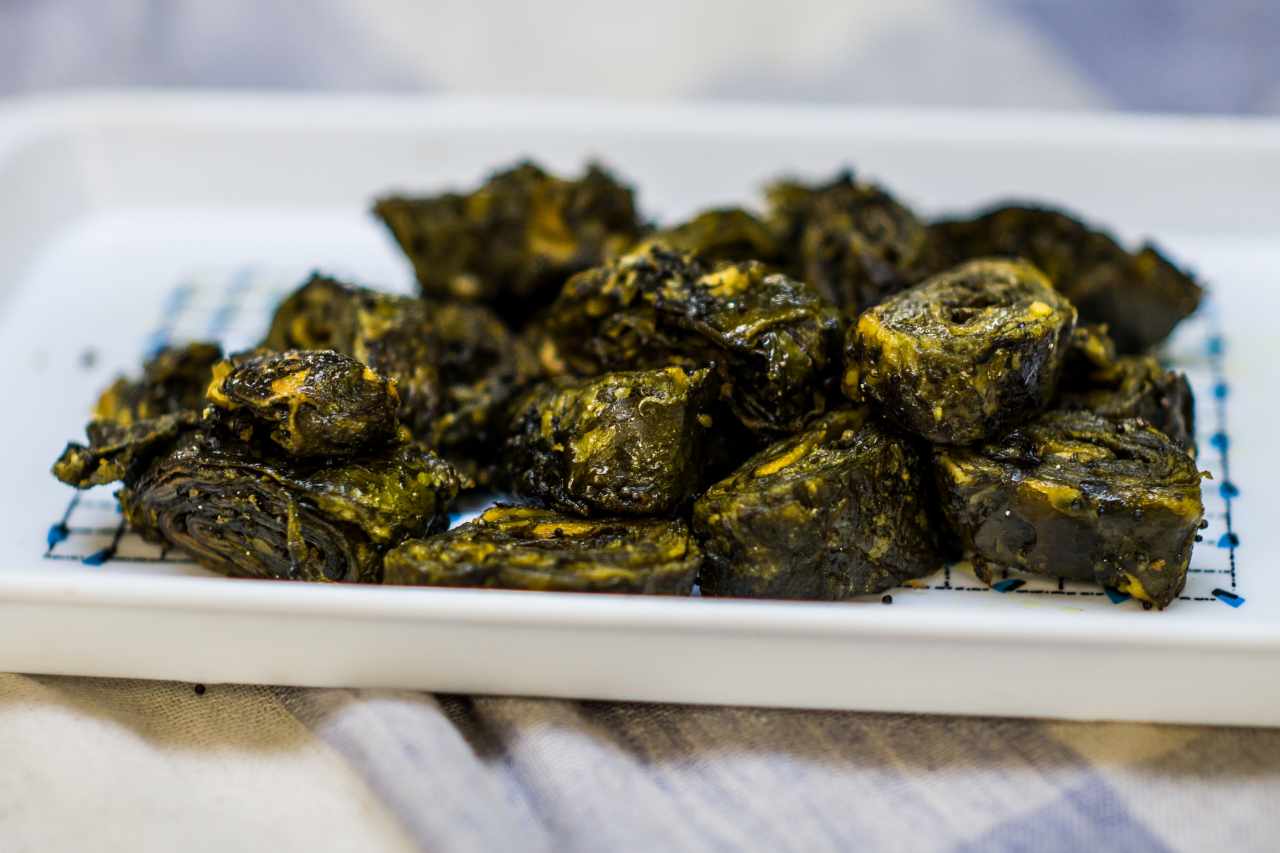
Patrode – You can call it the South Indian version of the Gujarati Patra. Colocasia leaves, widely found in coastal Karnataka, are dipped in a batter made of rice, dal and spices, and then steamed.
Kadubu Olle – These dumplings are prepared with rava batter and steamed in palm leaves. It is usually served with coconut chutney.
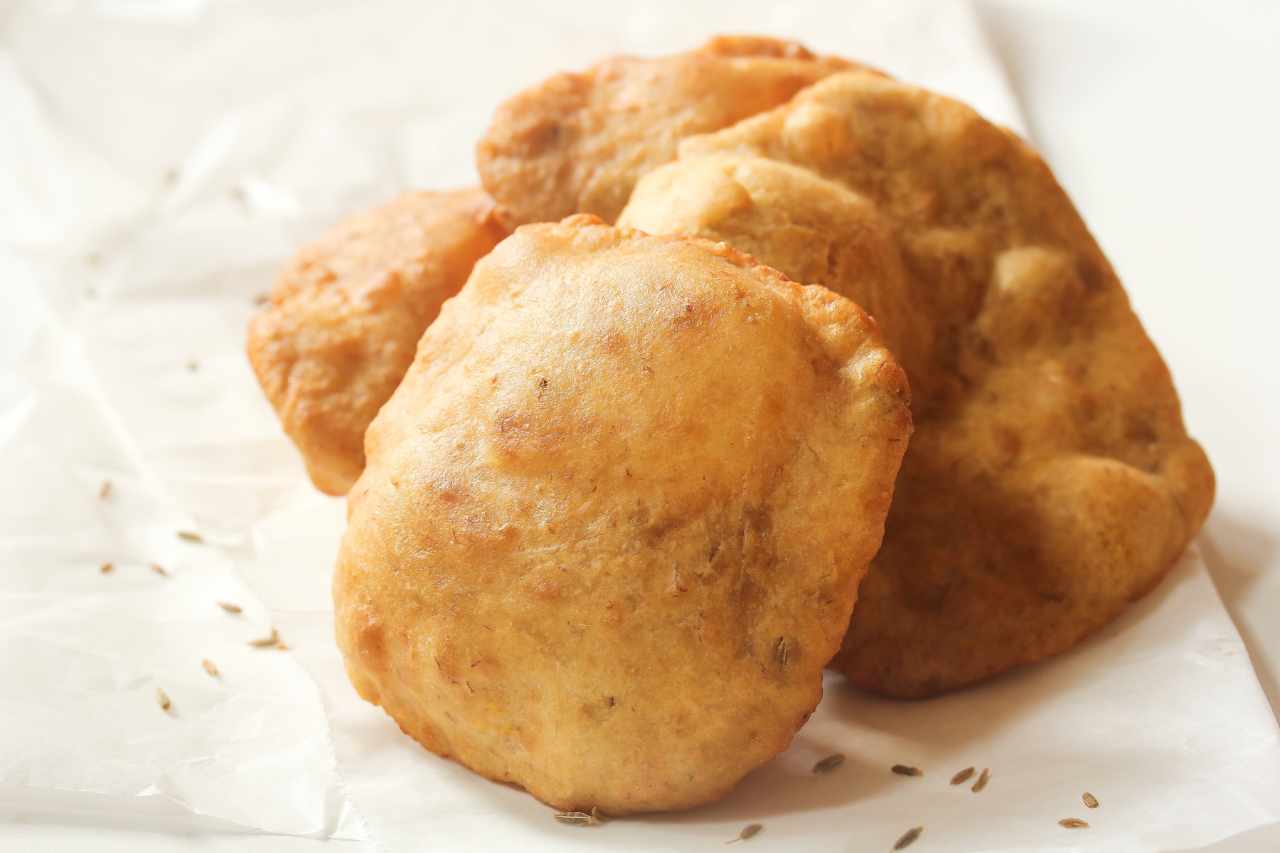
Banana buns – Don’t be misled by the name as they are actually sweet fluffy pooris rather than buns. Also called Mangalore Buns, the flour is mixed with ripe banana and sugar/jaggery before deep-frying them. It tastes scrumptious as is, but many places serve it with a chutney or potato curry.
Mundakki Upkari / Churumuri – A puffed rice snack found across India with different names, the dish is made in Udupi’s streets with local spices, roasted nuts and oil.
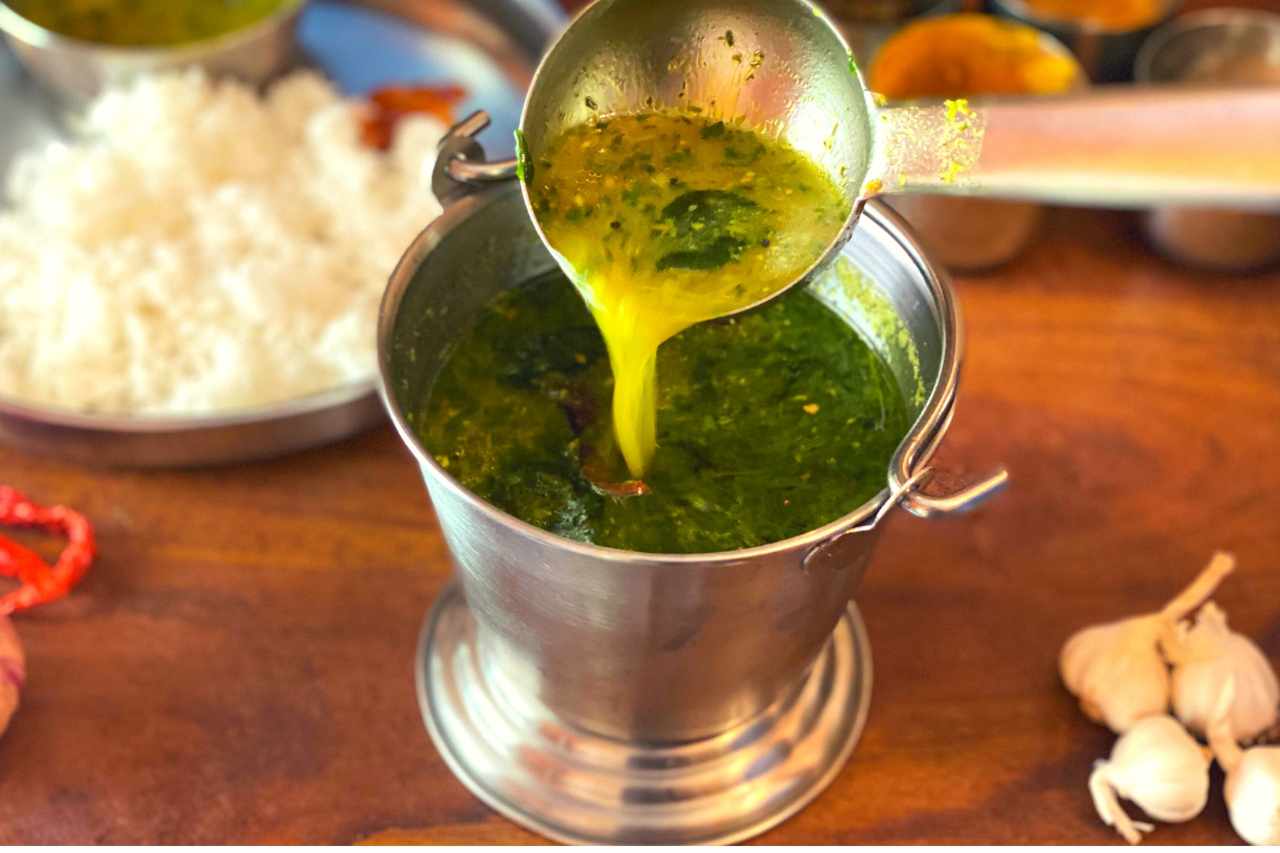
Saar – This is basically a tart rasam flavored with tomatoes and spices. It is a part of most meals in Udupi households, teamed with both rice and idlis.
Mattu Gulla Brinjal Curry – Udupi households create various curries with this round green brinjal that grows in the region. Some variants see a dry stir-fried dish with grounded coconut and spices, while others have a gravy-like consistency made with the same ingredients.
Did You Know?
Udupi’s Mattu Gulla Brinjal has a GI tag as it is indigenous to the region and quite distinct from the regular brinjal. Besides being round and green in color, it contains very few seeds and thicker pulp.
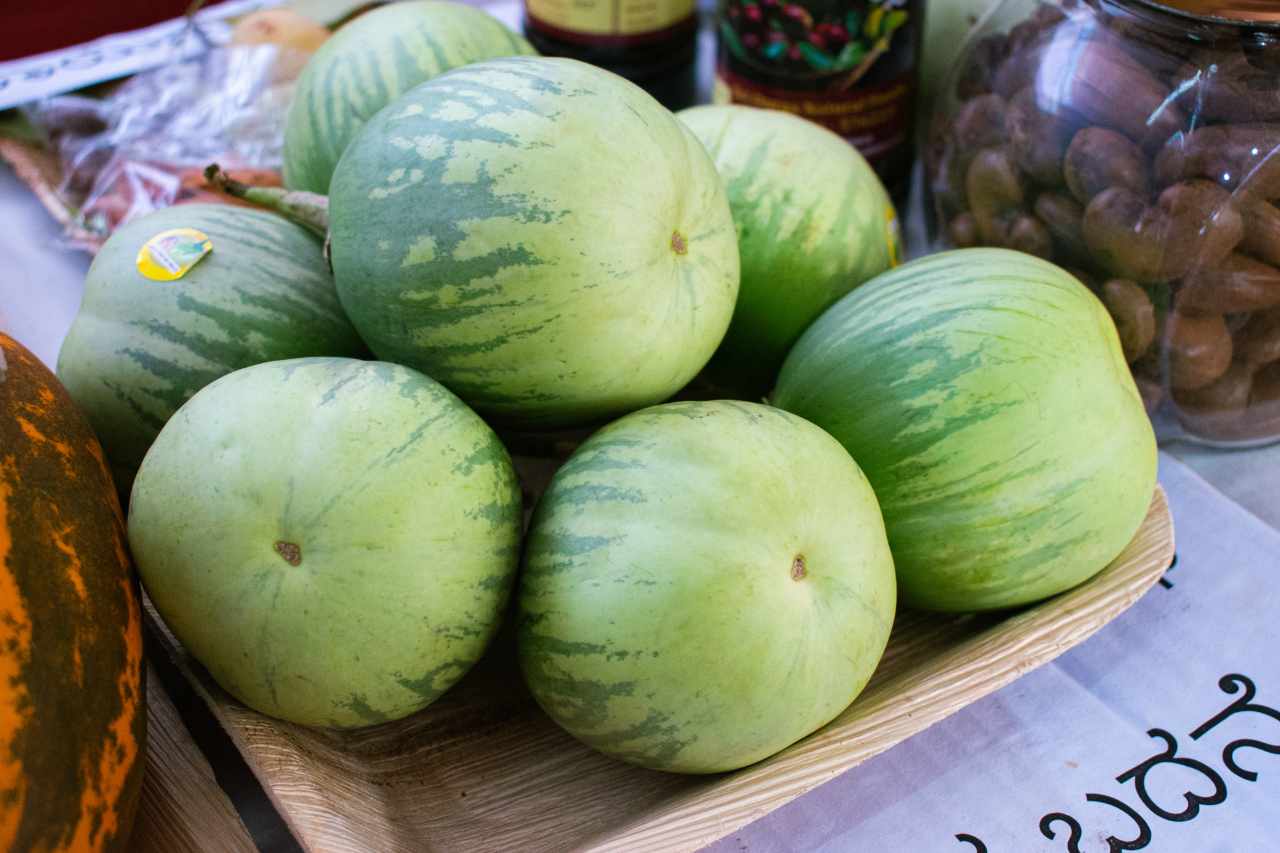
Chitranna – A spiced rice flavored with tamarind or lemon, it is a part of holy offerings made at most temples in Udupi and also a specialty of local kitchens.
Goli Baje – These deep-fried and fermented all-purpose flour balls is a street-side favorite snack across Udupi and Mangalore. Slightly sour, crisp on the outside and soft inside, Goli Baje is served with coconut or peanut chutney.
Shavige – A vermicelli upma prepared across Karnataka, it is found in most eateries in Udupi during breakfast.
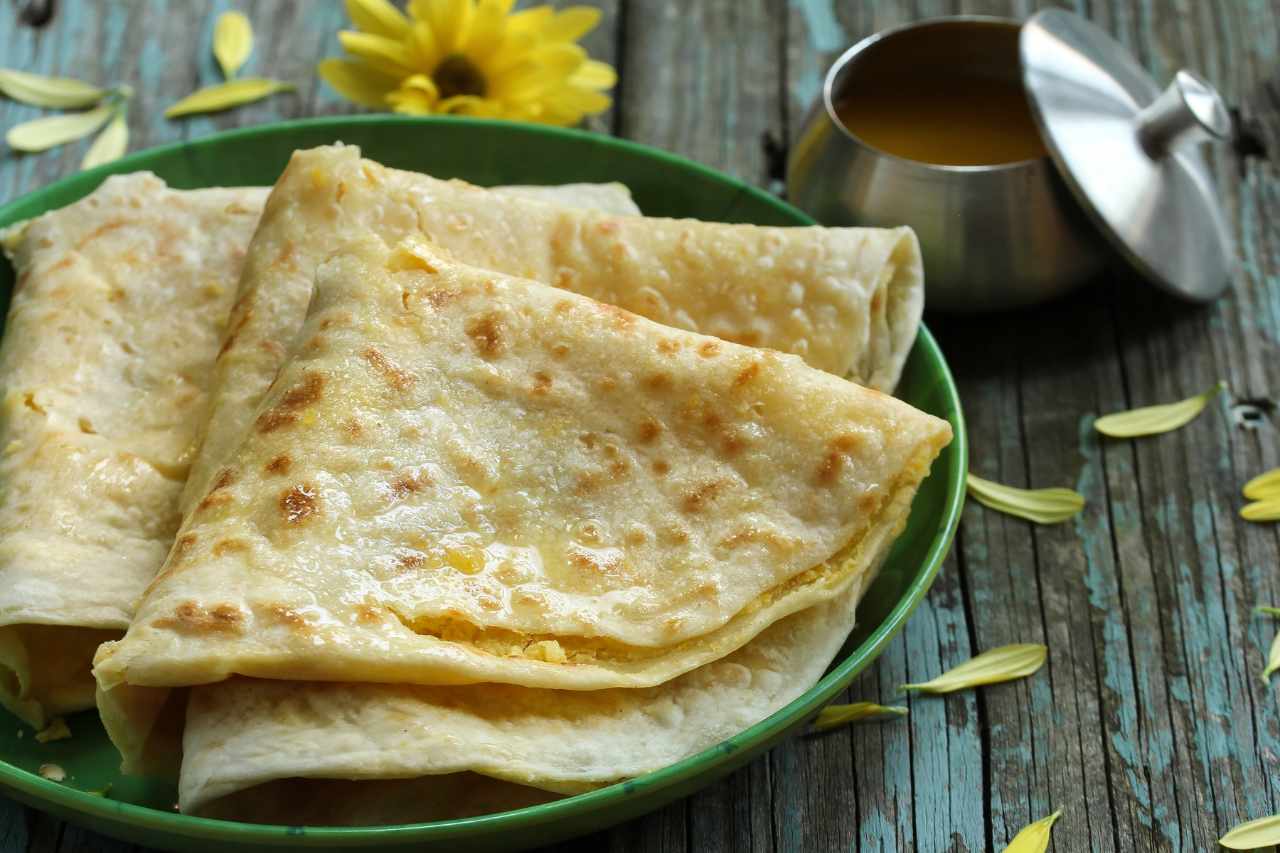
Holige – The Kannada name for Puran Polis, these sweet flatbreads stuffed with a jaggery-chana dal mixture is served in hotels as well as temples in Udupi.
Halbai – A barfi or sweet fudge prepared with rice, coconut milk and jaggery, you will find several variants of this dish in Udupi and across Karnataka, especially during festivals.

Sol Kadhi – One of the best traditional cooling drinks that’s also suitable for vegans, Sol Kadhi is prepared by fermenting coconut milk in kokum, resulting in a beautiful pink color. It is blended with a concoction of spices that add a tangy flavor to the drink.
Pelakai Halwa/Gatti – This is another sweet dish served in Udupi temples. Created with ripened jackfruit, coconut and sugar or jaggery, it is steamed in teak leaves.
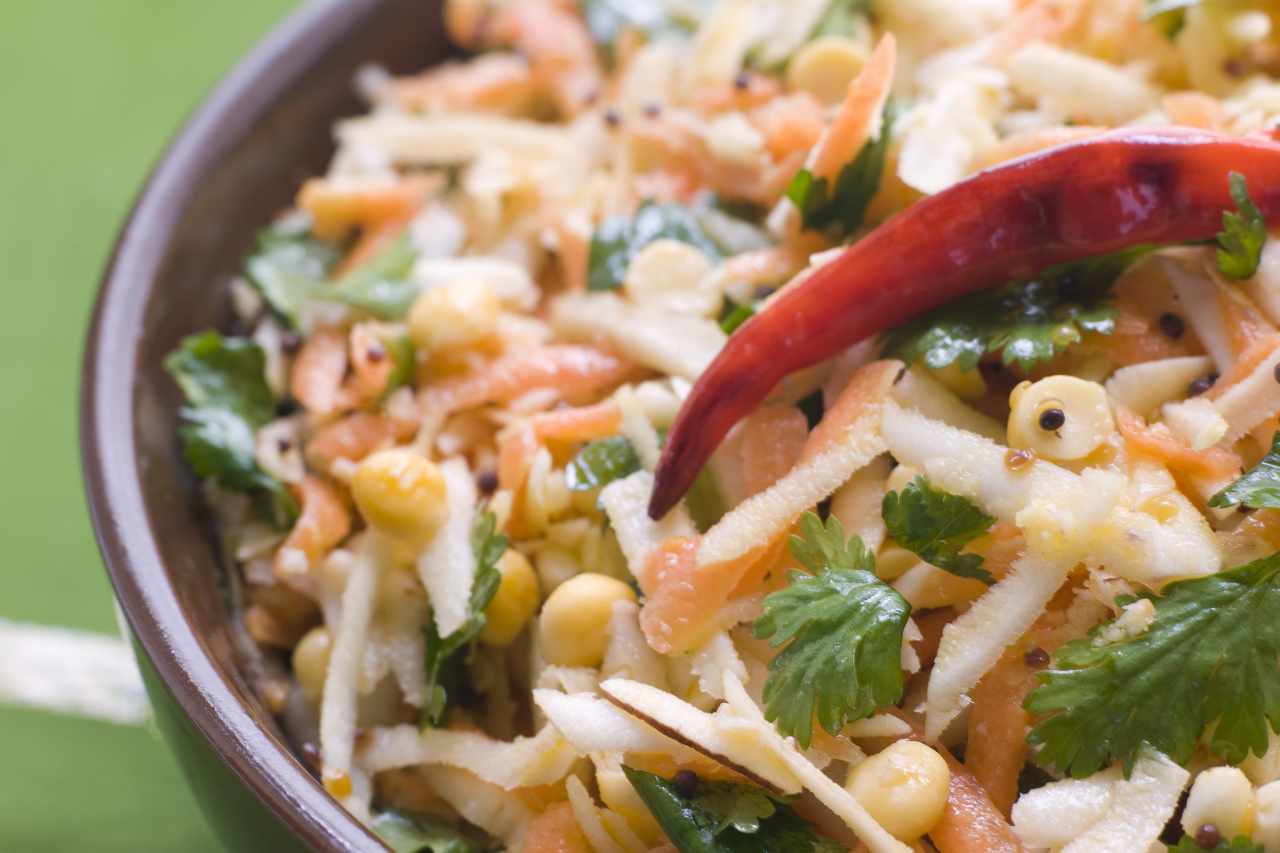
Kosambari – Kosambari is a salad made with sprouted pulses and spiced cucumbers. It is seasoned with salt and sometimes even lemon juice or mild spices. It is a part of most meals and feasts in Udupi.
Tambli – This is a drink consumed regularly across Udupi for its cooling properties. Made with buttermilk, tempered spices and a variety of herbs, the watery drink is consumed on its own or with rice.
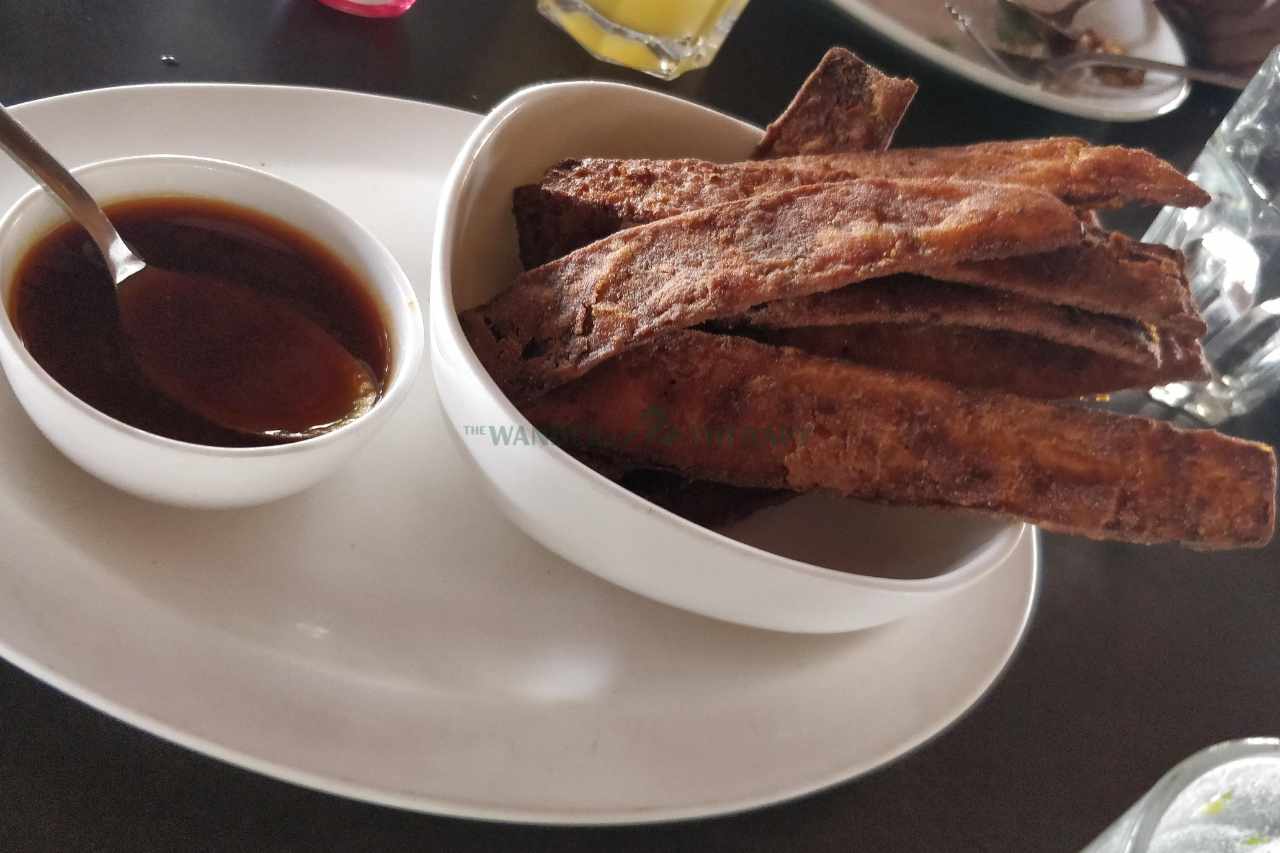
Suvarnagadde Fry/Curry/Chutney – Suvarnagadde, meaning yam, is consumed widely in Udupi in the form of a spiced fried dish, as a tangy curry flavored with kokum, as well as a spicy chutney. It is the perfect vegetarian alternative to fish-based dishes.
Did You Know?
You will find a special variety of ice cream in hotels in Udupi called the Gadbad ice cream. Though not a traditional dish of the cuisine, the ice cream was first born in the 60+ years old Hotel Diana. The hotel’s owner created the ice cream with random ingredients he found in the kitchen, to serve a group of hungry customers. Surprisingly, they kept coming back for the ice cream, which eventually made it to their permanent menu and was later adopted by many other restaurants in Udupi.
TWT Summary
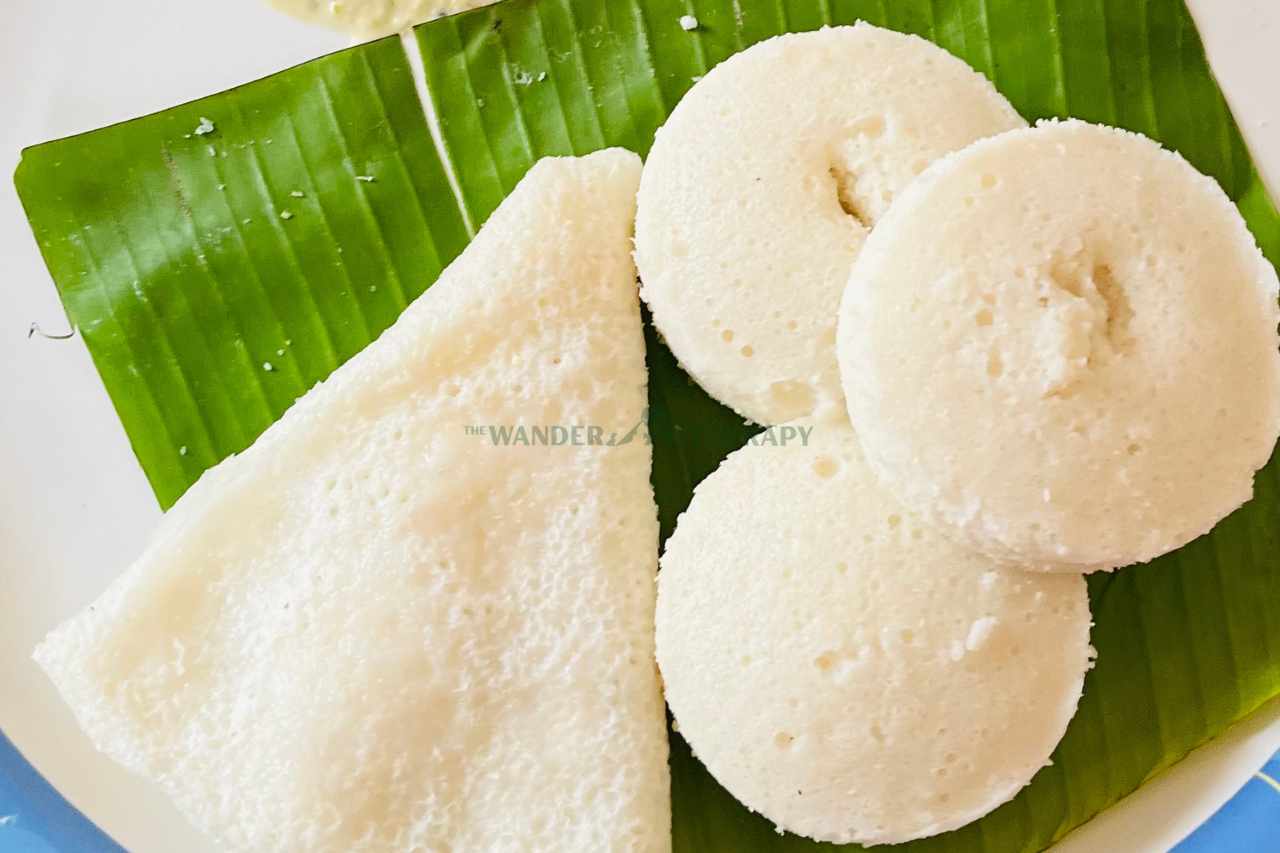
From the humble steamed idlis to the crisp dosas, fried savory donuts (Vada), and the spicy sambar, Udupi cuisine has many popular dishes that are now common breakfast staples across India and beyond. However, the authentic taste and texture found in Udupi is quite unmatchable.
Even the sambar in Udupi varies from other south Indian states, thanks to the additional ingredient – coconut. Majorly born out of the temples ages ago, Udupi cuisine offers both healthy steamed dishes such as Moode, Kadubu Olle, Patrode and Neer Dose, as well as indulgent fried snacks like Goli Baje and Banana Buns.
In a traditional Udupi meal, you will also get to enjoy flavorsome main course dishes such as Tomato Saar, Basale Gassi and Mattu Gulla Brinjal Curry, as well as mouthwatering desserts like Halbai, Pelakai Gatti and Holige. And when in Udupi, always finish your meal with a cooling drink like Tambli or Sol Kadhi.
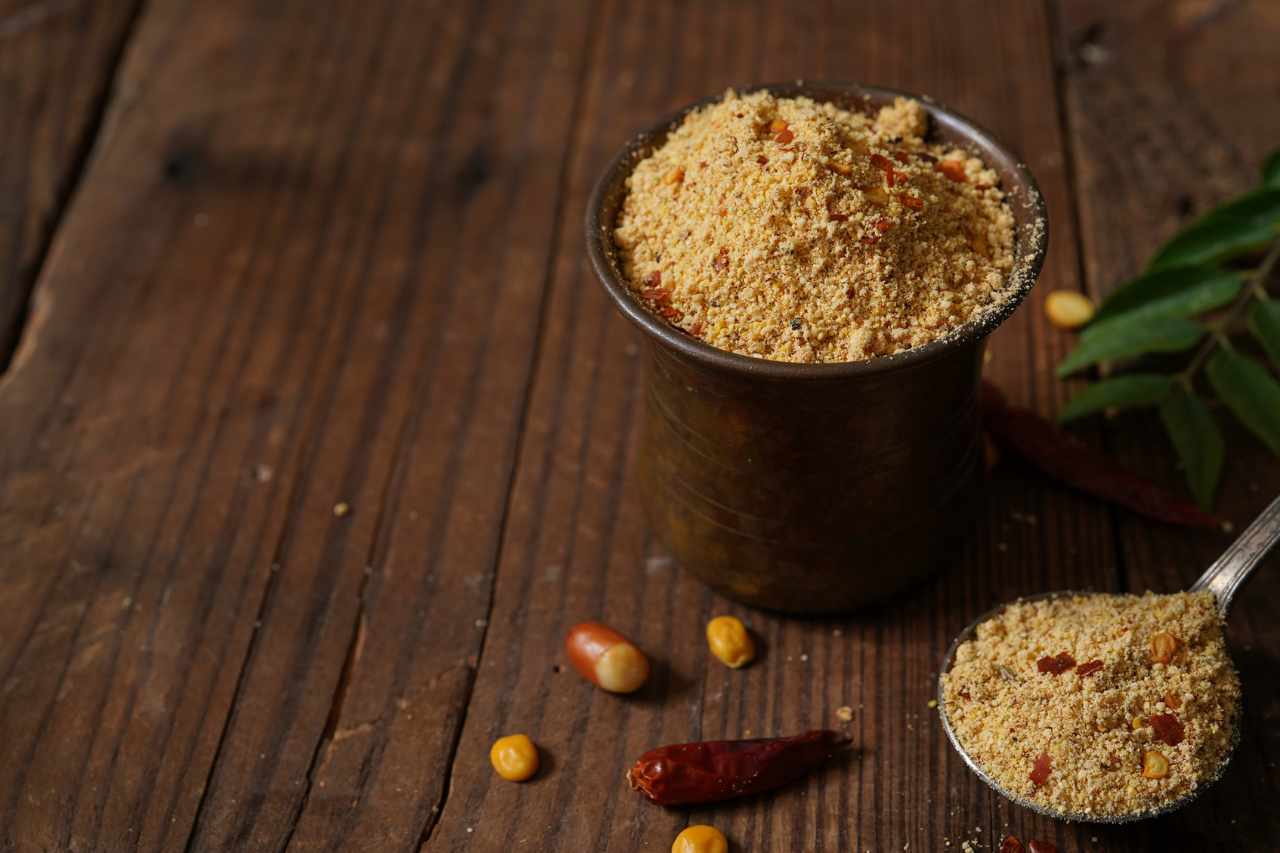
Frequently Asked Questions On Udupi Cuisine
1. Which are the most famous restaurants in Udupi?
Some of the most iconic restaurants in Udupi that have been present for decades are Mitra Samaj, Diana Restaurant, Shetty Lunch Home, Hotel Krishna Prasad, Woodlands, and Naivedya Veg Restaurant.
2. Does Udupi cuisine predominantly involve vegetarian dishes?
Yes, a majority of Udupi’s residents have traditionally been Madhava Brahmins and devotees of Lord Krishna. Thus, they followed a pure vegetarian diet that even excluded plant-based ingredients with tamasic properties, such as onion and garlic. However, there are several other sections of people who consume non-vegetarian food in Udupi, especially seafood, owing to its wide availability in the coastal region.
3. How is Udupi cuisine different from other South Indian cuisines?
Udupi cuisine comprises several dishes such as Drakshi Gojju and Hayagreeva that are exclusive to the region and can’t be found in the rest of south India. There are also many common dishes that carry a distinct flavor in Udupi. For instance, Sambar in Udupi includes coconut, while the famous idlis are cooked in the leaves of jackfruit or screwpine, adding a unique flavor to them. The use of Karnataka’s Byadgi chillies in curries also offers a taste, which is quite different from other south Indian curries.
Frequent Traveler? Here’S Some More Travel Goodness From Us:

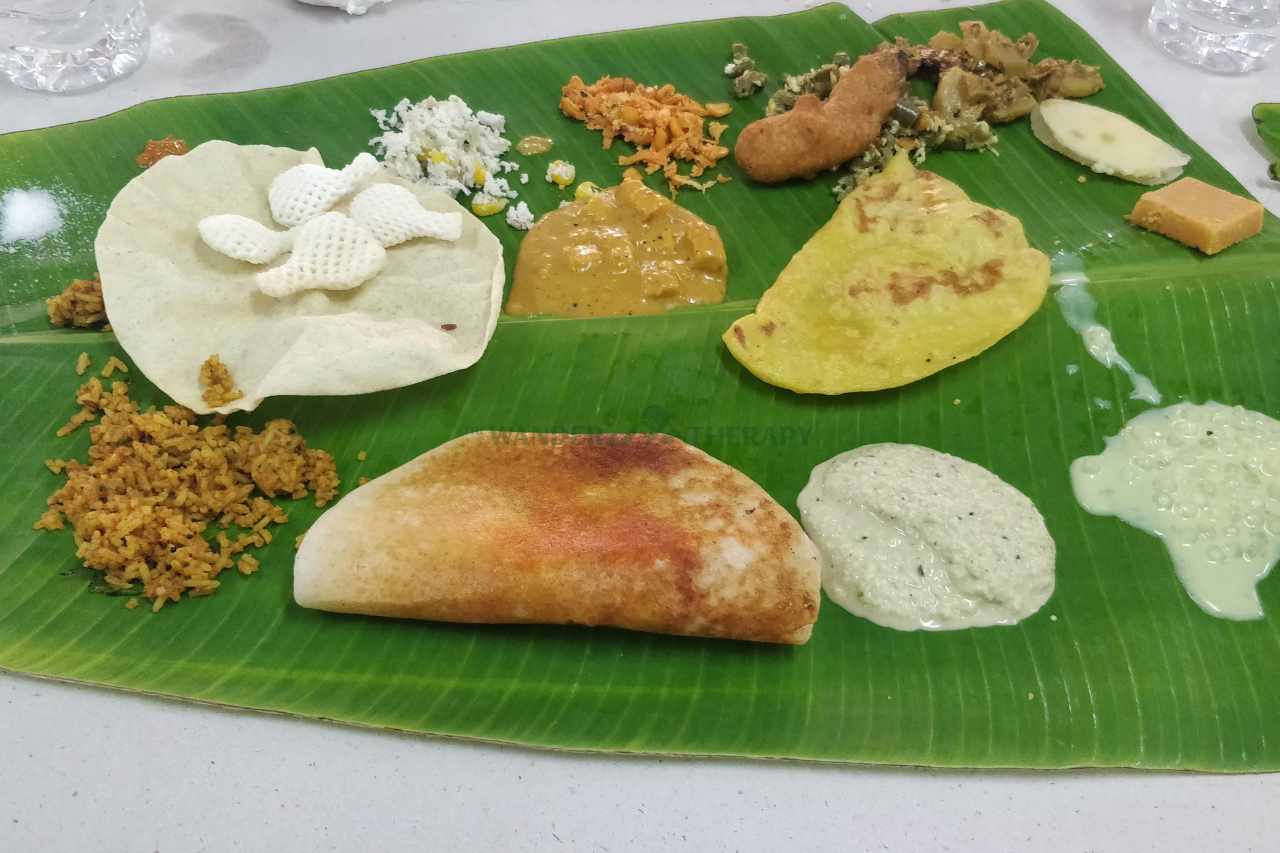
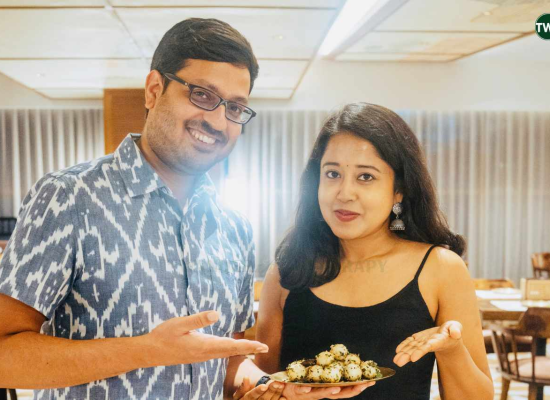
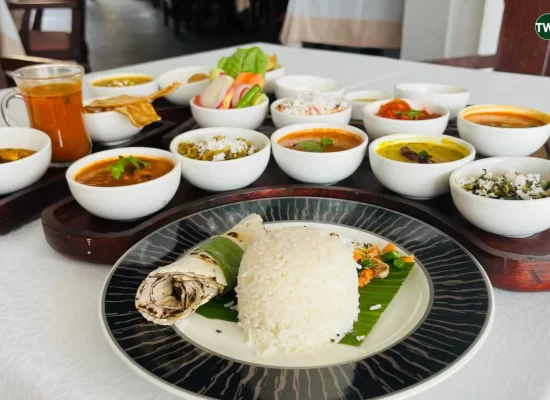
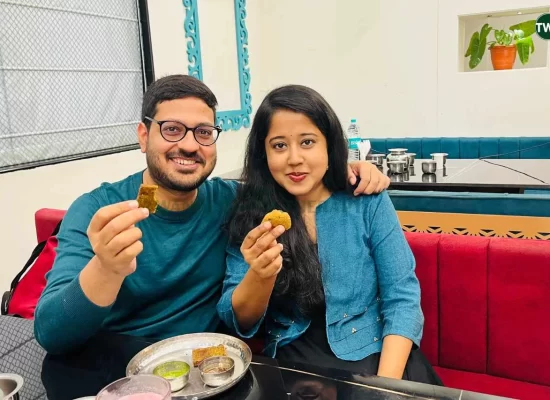
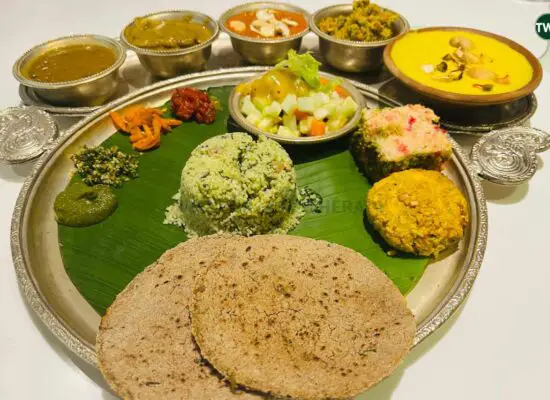
2 thoughts on “Udupi Cuisine: 22 Special Culinary Gems That You Probably Didn’t Know About”
Very good article for foodies. Nice to know about traditional Udupi Cuisine in detail. These are really very healthy food.
Thank you very much for taking the time to leave your valuable feedback on our content. 🙂